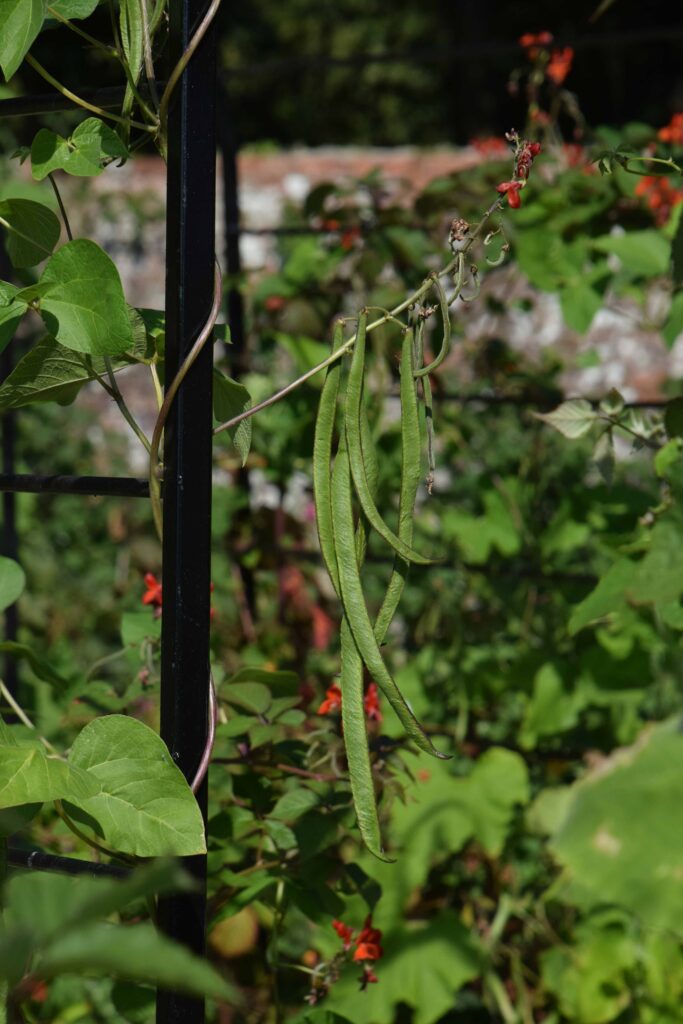
When it comes to grow some veg at home, I think that beans are among the best. Apart from the fact that they are nutritious and packed with good things, I like them because they are easy to prepare for the kitchen. There is little washing and trimming needed and they can be from plot to pot in minutes.
Although there are lots of different kinds of beans grown and eaten around the world, in this country we tend to stick to three main kinds: runner beans, French beans and broad beans.
Of these, the European broad (or fava) bean is the only one that is frost-hardy. It can be sown in autumn and the plants overwintered in the ground, or they can be sown in spring. They crop in late spring or early summer. French and runner beans are frost tender and from Central America. They are sown in spring and crop in summer.
All are easy to grow and very productive. They are ideal for growing in patio pots filled with multipurpose compost.
Broad beans
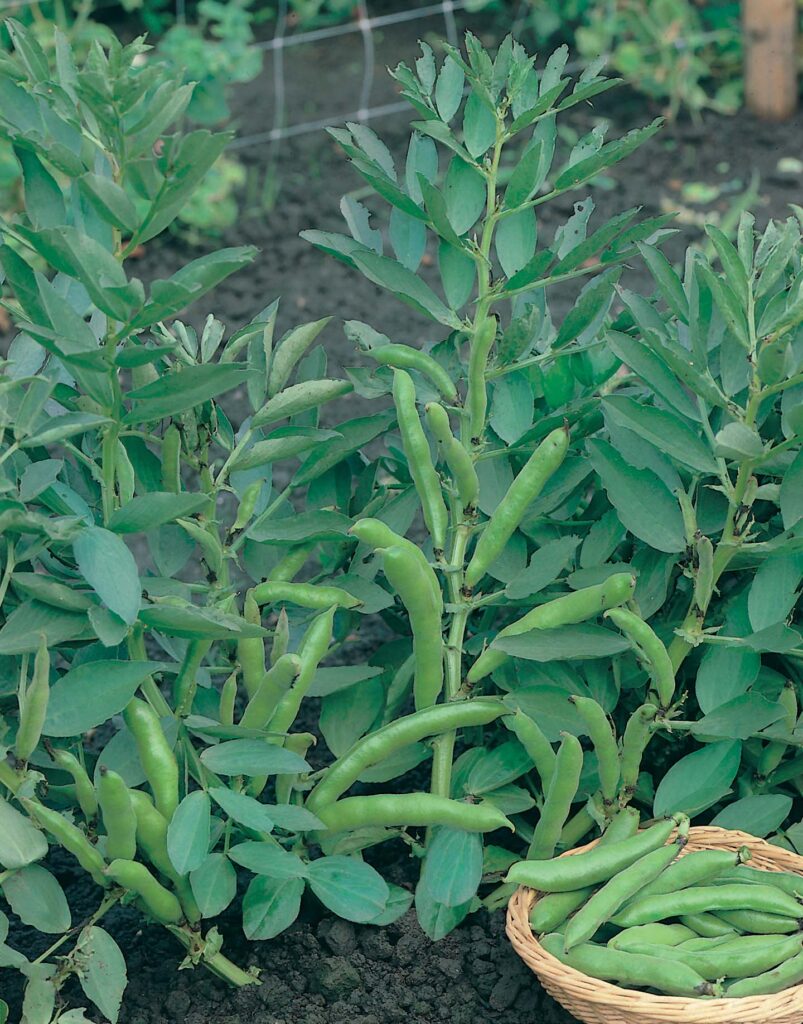
You can sow broad beans in the next month. These stocky plants are easy to grow in a sunny spot. If you did not get some sown in autumn there is plenty of time to start this spring. You can sow direct into the soil, whether bed or patio pot, in March. The large seeds are easy to sow. Prepare the soil as usual, forking it over and removing weeds. Sow the seeds with a trowel, about 3-5cm (1-2in) deep and about 15cm (6in) apart. You can sow them in pots too, in the greenhouse or on the windowsill. Sow two seeds in a 8-9cm (3-4in) diameter pot. Once the seedlings appear, keep them in good light and as cool as possible. They need to be planted out in March or April when short and compact. If allowed to grow too tall before planting out they will not crop well.
Broad beans prefer cool conditions. They should not need staking but tall kinds may need some support. The black and white flowers are very attractive to bees.
Problems
Blackfly are the biggest problem. They can infest the new shoots and, in some cases, will be so dense that they damage the plants. They are most common on the tips of the plants and you can pinch these out to remove them. Bluetits and ladybirds often ‘mop up’ these pests. Chocolate spot, a fungal disease, can affect broad beans, but not other beans. There is no cure so pick the beans quickly if this disease strikes and kills the leaves.
Picking
Broad beans are best when small. Although they can be eaten when the seeds are large they are hard and tough. The beans are removed from the pods for eating though very small pods, less than 15cm (6in) long, can be eaten whole. Plants crop for a short period but any excess is easily frozen.
Bread beans are usually ready to harvest at about the same time as the first new potatoes and the first meal of the year, of these two early summer favourites, is a sign that summer is here.
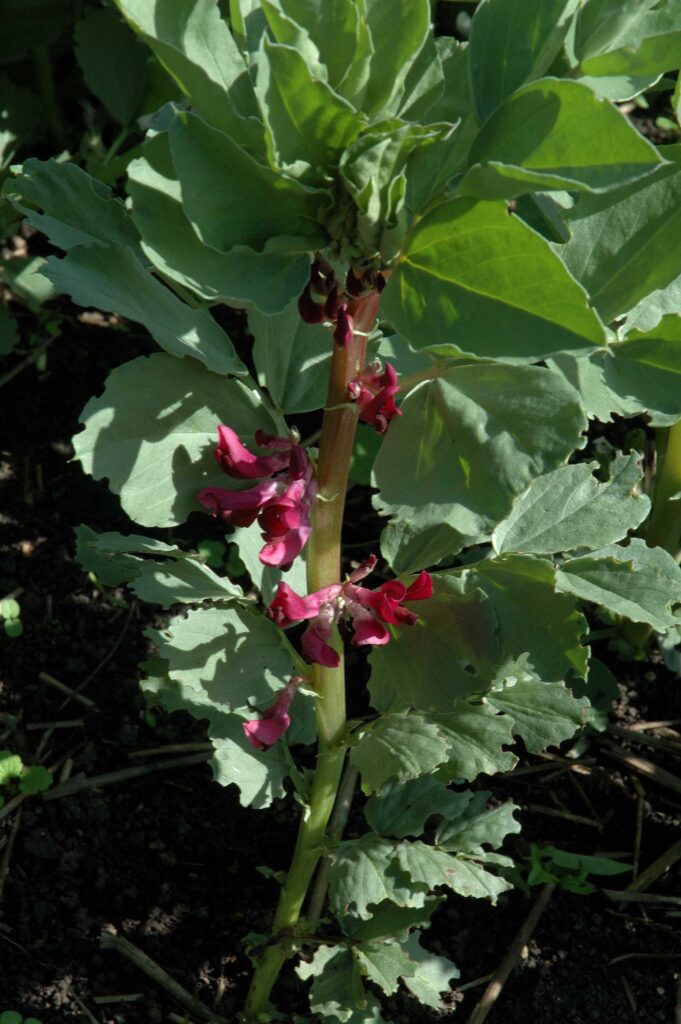
There are many varieties, all quite similar though ‘green-seeded’ kinds tend to be the gourmet choice. Red-flowered kinds are attractive in bloom and rather rare.
If not infested with blackly, you can pick the tops of the plants, above the flowers and pods, and lightly boil or steam them as a ‘free’ green veg.
Runner beans
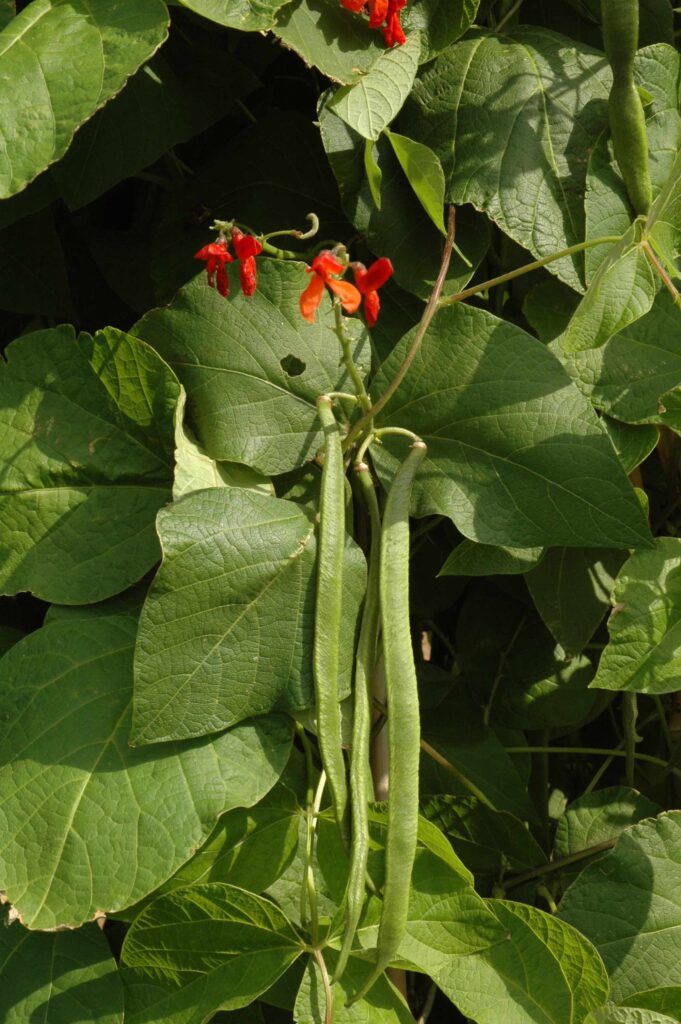
The British are rather obsessed with this summer crop. In most other parts of the world it is grown primarily for its pretty flowers and not the beans. It is my favourite bean to eat, though only when cut into thin slices and not into chunks!
As a crop in the garden runner beans have one main problem. They do not always set a good crop of pods and the flowers drop off. There are several reasons for this, including lack of water, a lack of calcium in the soil (all beans prefer some lime in the soil), birds pecking at the flowers (only the red-flowered kinds) but mostly high night temperatures. Although this is a plant from a warmer climate than ours, the pods will not set if the nights are too warm. Plants usually start to bloom in July and this often coincides with a heatwave. The flowers will not set pods. But as the days shorten and nights get cooler, the plants start to crop well. The result is that, if you are patient, you will get a late crop. If you need your beans in July then grow French beans – see below.
Runner beans need warmth to germinate. You cannot sow them direct in the soil until May or June. Most people start them in pots slightly earlier. Sow two seeds in a 8-9cm (3-4in) diameter pot of multipurpose compost and keep them at about 21c (70f) to germinate. The seedlings grow quickly and you need to plant them out before they start to produce long, climbing stems. You cannot plant them out till May, because they won’t survive frost or cold, windy conditions, so do not sow them until about a month before planting time.
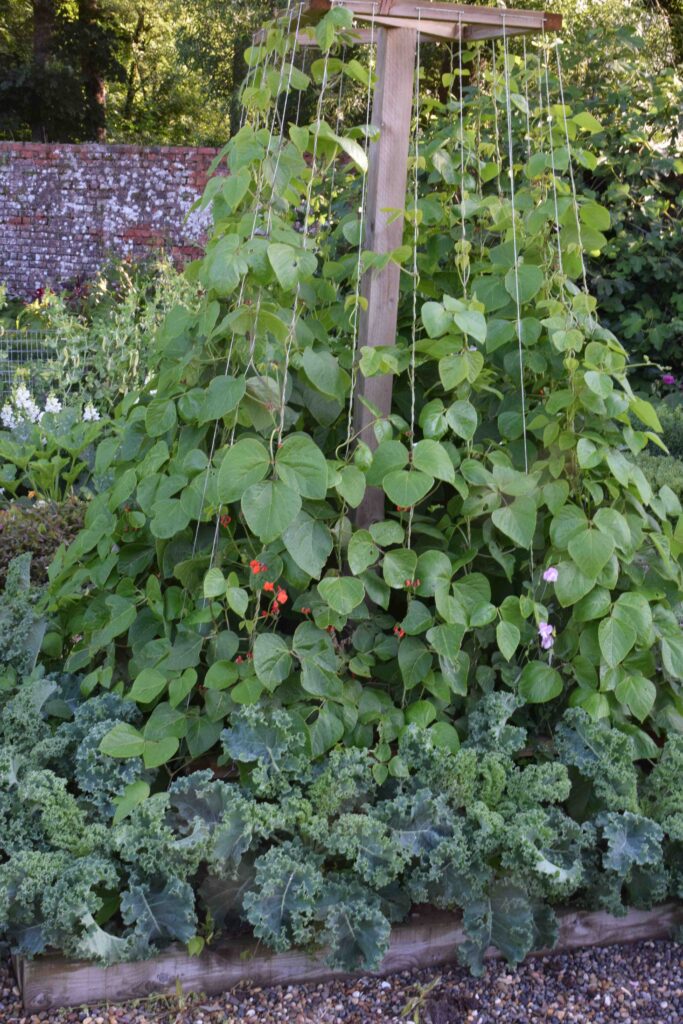
Runner beans are climbers and will need a support at least 2m (6ft) high. Plant out the seedlings about 25-30cm (10-12in) apart.
Problems
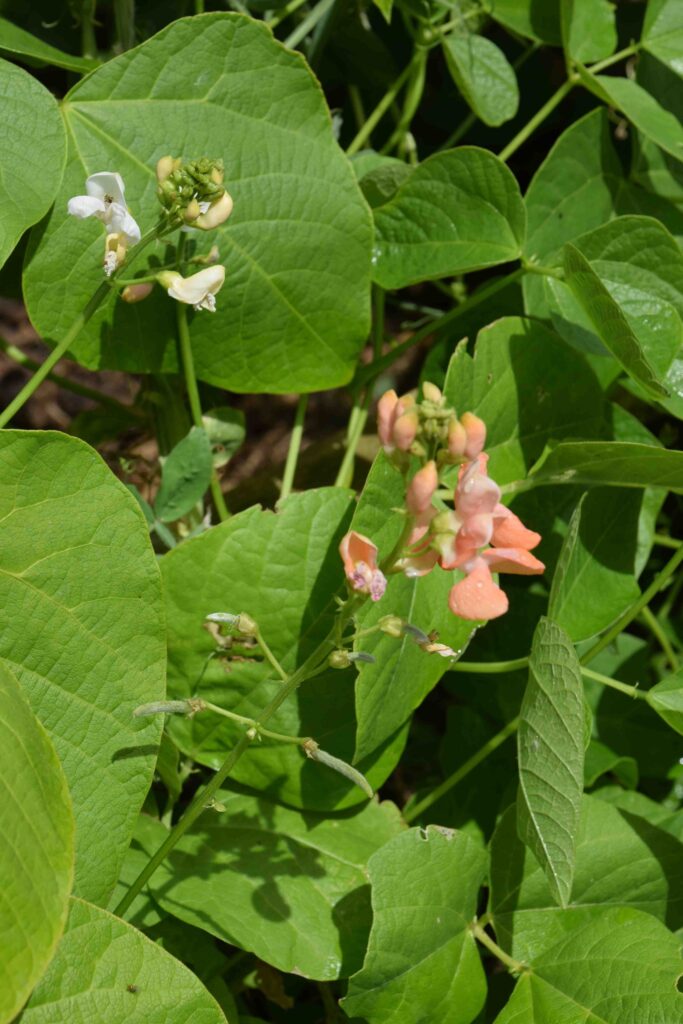
Pollination is the main issue. Red-flowered kinds are most affected and if you grow pink- or white-flowered kinds they are usually more reliable. There are now hybrids between runner and French beans and these are a huge advantage.
Runner beans can crop over many months but should be picked when small for the best taste and to promote more beans to form.
French beans
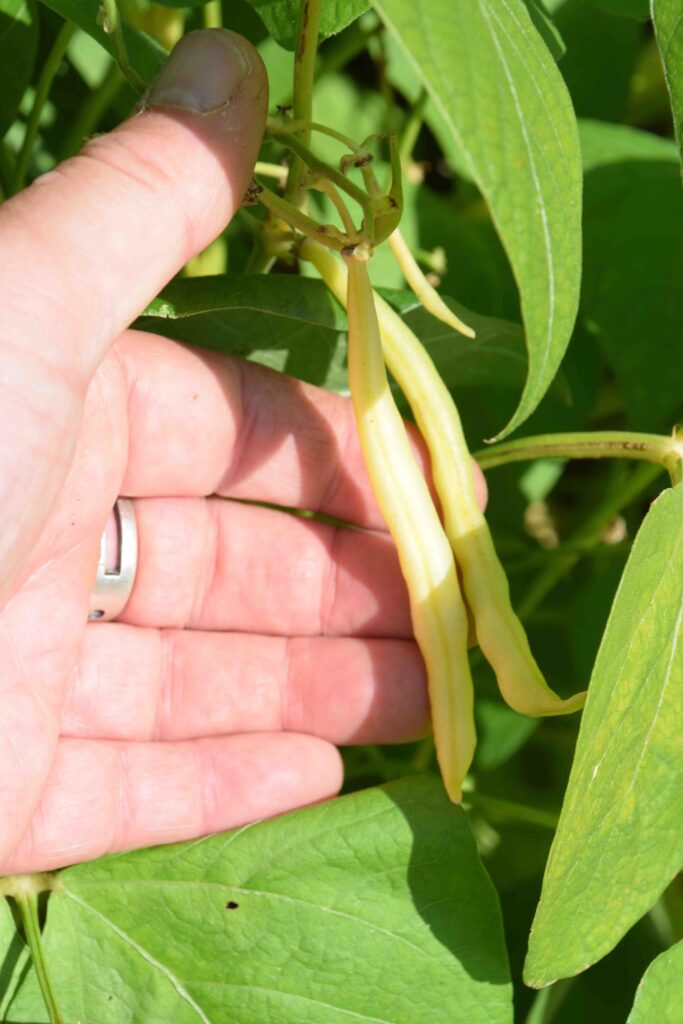
Although I prefer the taste of runner beans, I am a pragmatist and so I grow French beans more often.
French beans are hugely varied. There are climbing French beans and dwarf French beans (more on that below). There are French beans with flat pods or with cylindrical pods and pods can be yellow, green, purple or speckled. Whatever the kind, the pods, which are usually eaten when fleshy and immature, can be left to get older when they can be shelled and the seeds eaten as flageolet beans or left to dry and used as haricot beans. There is much to love about French beans!
But first, the basics. Unlike runner beans, French beans will produce a pod even if not visited by bees. This means that, as long as they are not allowed to dry out or starve, plants will produce a good crop. French beans are very sensitive to cold and most failures are because they are sown too early and the seeds rot in the ground. Do not sow them outside until late May or early June. You can sow them like the other beans, in pots indoors, but not until late April or it will be too cold outside when you plant them out. You can make later sowings, right up to mid July for autumn crops.
Dwarf French beans. These are the easiest to grow and they crop more quickly than climbing types. They tend to crop heavily but for a short time. Sow a little and often for a continuous supply. These include the thin, pencil-podded kinds you find in supermarkets.
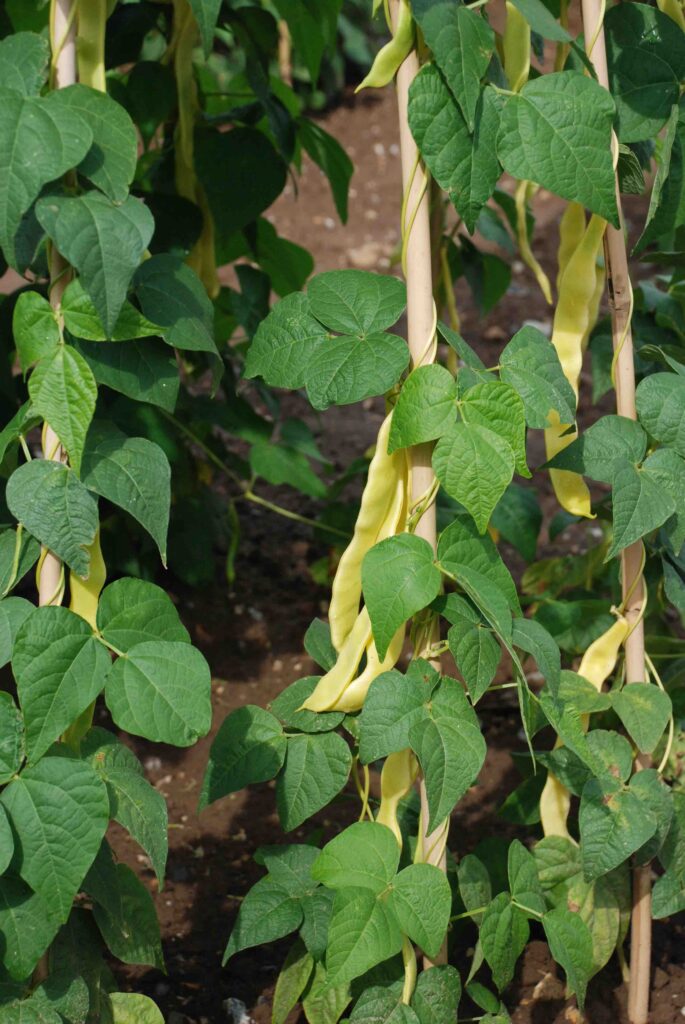
Climbing French beans. These take a little longer to crop but then produce beans over a long period.
Both types are ideal for growing in patio pots.
Purple podded and yellow-podded beans have the advantage that the pods are easy to spot among the leaves. Purple-podded beans change to green when cooked. Yellow-podded beans have a slightly different texture and are finer and more ‘waxy’.
French beans with red-speckled pods are popular in Southern Europe. They can be eaten as immature pods or for the dried beans. There are dwarf and climbing kinds.
Problems
French beans have a few problems but none are common. Poor germination because of early sowing in cold conditions are the most likely problem.